Spider Veins
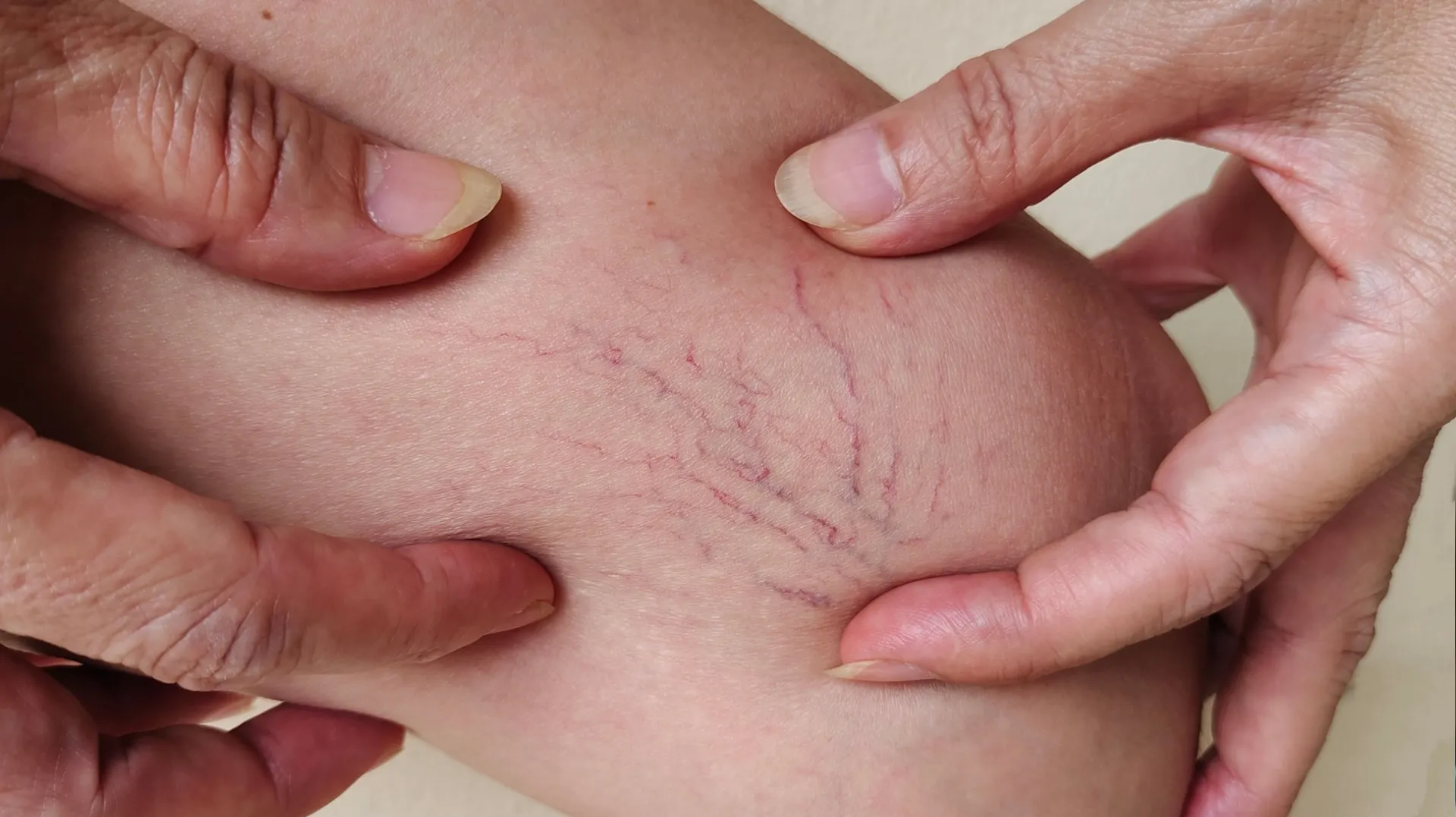
Have you noticed small, thin blood vessels appearing on the surface of your skin? Often found on the legs and ankles, these blue, purple or red lines are called spider veins (the medical term is telangiectasia). While typically not harmful on their own, spider veins may be associated with a vein problem beneath the surface of the skin called venous insufficiency.
An expert in vein disorders with more than 30 years of specialized cardiovascular experience, Dr. Louis G. Prevosti offers a complete range of treatments exclusively focused on vein care at his Canton practice. Having performed thousands of sclerotherapy and laser treatments throughout his career, Dr. Prevosti understands how spider veins develop and which treatments are most effective for surface-level veins and any underlying issues.
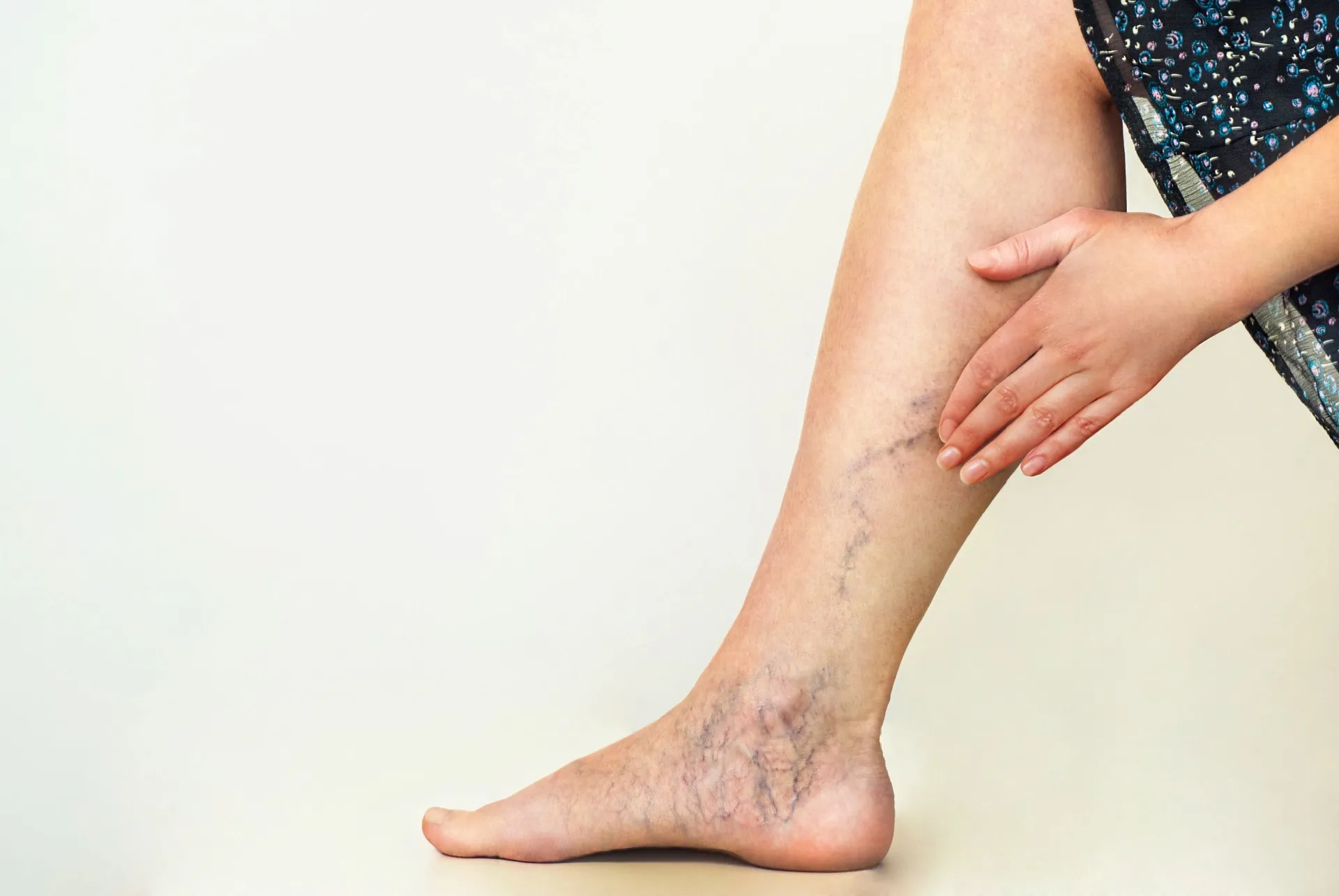
What Causes Spider Veins?
Spider veins develop when small blood vessels close to the skin's surface become enlarged. Normally, these small skin veins are less than one millimeter in diameter and are invisible. When they become dilated and blood pools in them, they become visible to your eye.
Spider veins can cause a significant aesthetic concern when enough vessels are affected. Spider veins can present in a radial pattern (like a spider’s web), a branched pattern or in a linear pattern. They range in color from red to purple to blue. While usually asymptomatic, they can sometimes itch or tingle. On rare occasions, they can bleed.
When a large cluster of spider veins develops near the ankle, this is called corona phlebectatica and is a notable sign of chronic venous insufficiency. This pattern warrants an ultrasound of the legs to check for venous insufficiency in the deeper veins.
Several factors can contribute to the development of spider veins. Family history is the leading cause of spider veins and venous insufficiency. The female hormones estrogen and progesterone can cause spider veins, which is why spider veins are much more prevalent in women than men. Age weakens vein walls over time, while prolonged sitting or standing increases pressure in leg veins. Excessive sun exposure can damage collagen and weaken blood vessels, particularly on the face. Weight and various lifestyle factors also contribute to spider vein formation.
What Can I Do at Home to Address Spider Veins?
Once spider veins develop, nothing except treatment can make them go away. There are measures you can take that may help slow the progression of spider veins. These measures may also help reduce the chance of developing venous insufficiency. If stated early enough, they may help prevent or delay the onset of spider veins and venous insufficiency. And they may make your legs feel better, too!

Keep Moving
Engaging your leg muscles is essential for promoting healthy circulation. When activated, calf muscles apply gentle pressure to nearby veins, which propels venous blood upward toward your heart. Any activity that engages the leg muscles will do, even if it is just walking a short distance.
When we walk, we not only activate the calf pump, but also activate the foot pump. Under the sole of the foot is a venous reservoir, where a larger volume of blood is stored. The motion of walking activates this pump, and along with the calf pump, moves blood up the leg against gravity. Taking walking breaks at work or performing calf raises at your desk can also help with circulation.
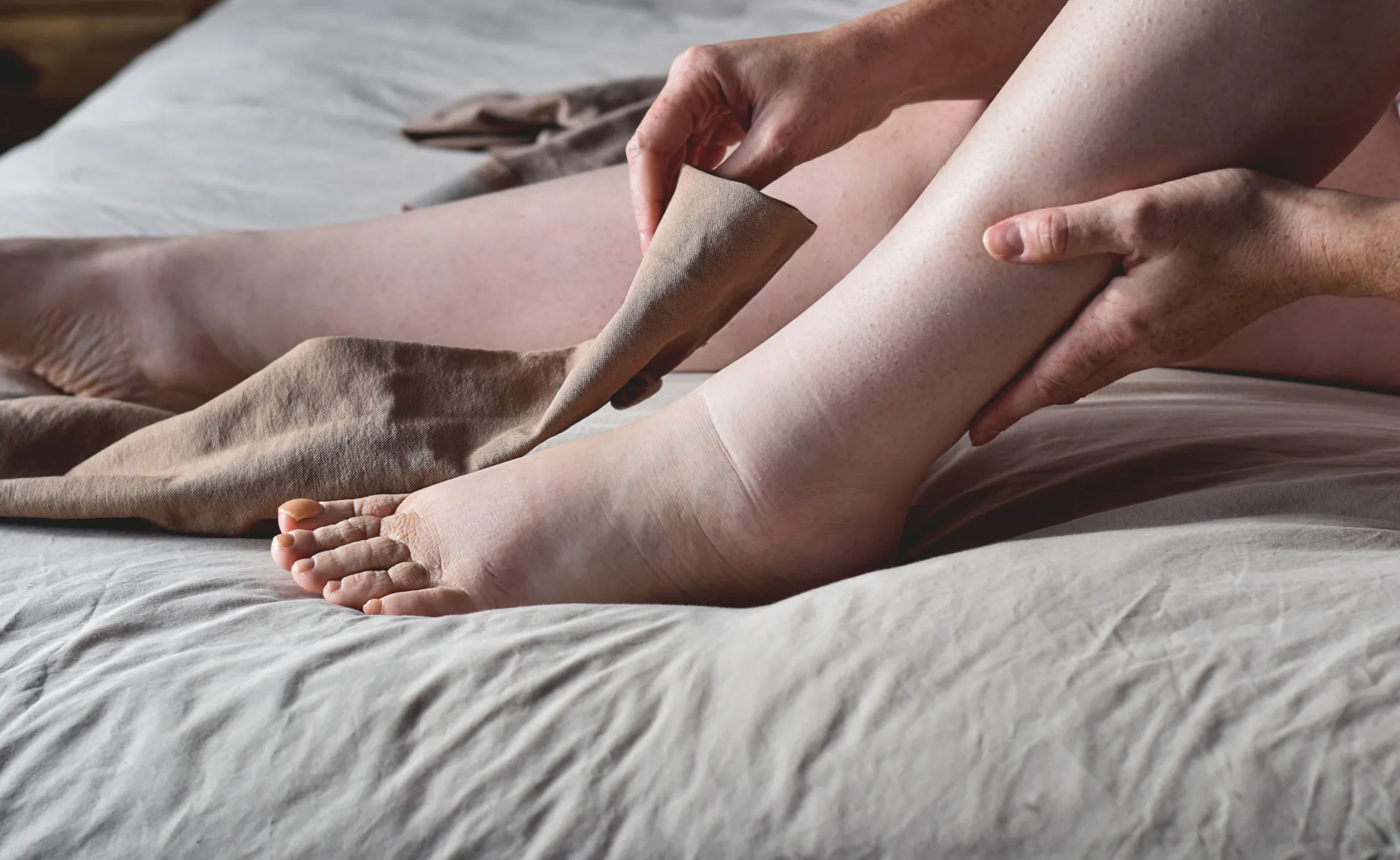
Use Graduated Compression
Compression stockings can help support vein function and may slow the progression of spider veins. 20-30 mmHg is the ideal compression strength, especially if there are signs or symptoms of venous insufficiency. For people who have no symptoms and are using stockings in a preventative manner, 15-20 mmHg could be used. Dr. Prevosti can recommend the appropriate compression level for your specific needs, as different conditions benefit from different compression strengths.
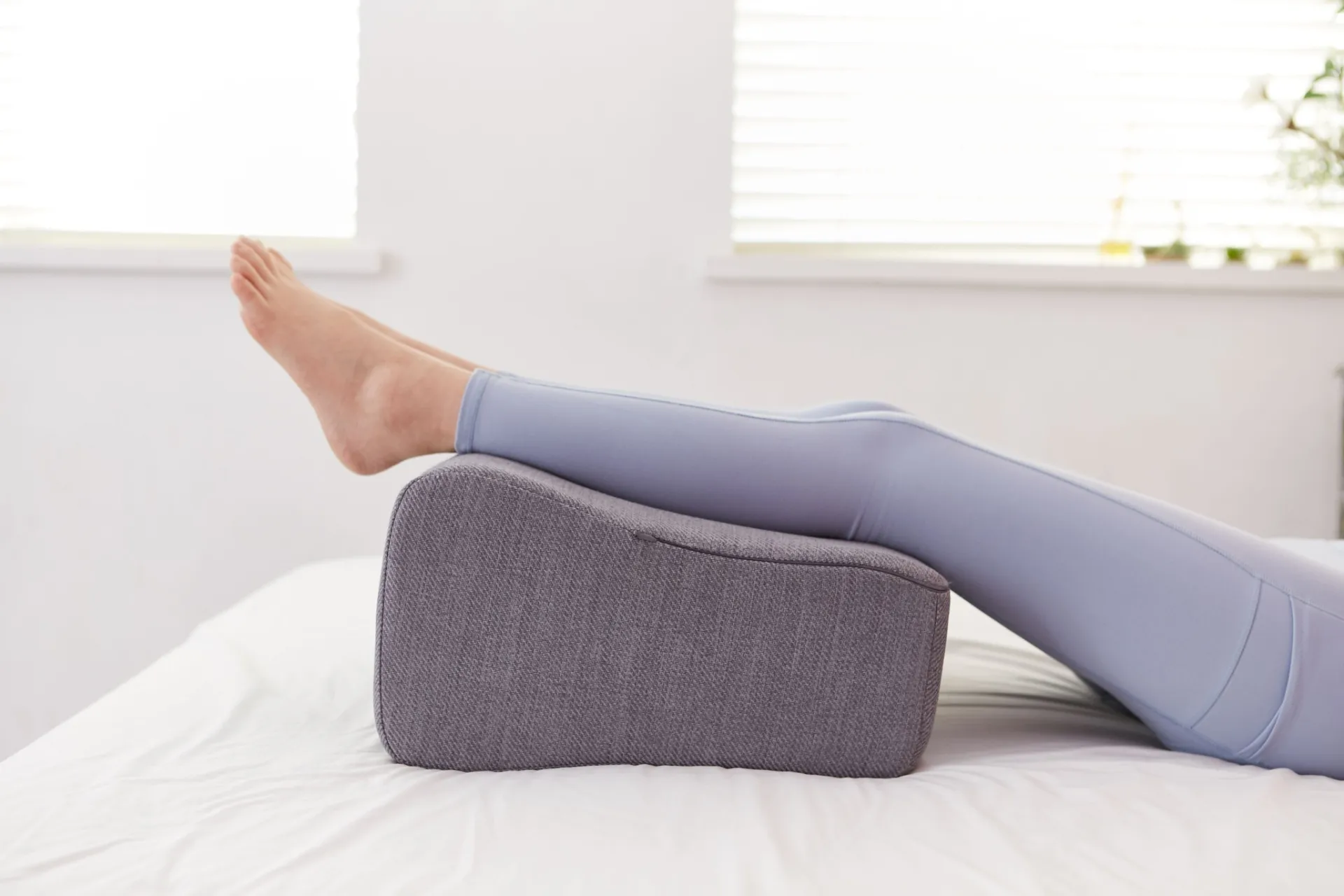
Elevate Your Legs
Elevating your legs above heart level allows gravity to facilitate the return of blood toward the heart. If you’ve experienced any swelling and related leg pain due to venous insufficiency, this practice may also decrease your discomfort.

Protect the Skin
Excessive sun exposure can damage collagen and elastin in the skin and walls of the veins. This weakens the vein walls and causes the veins to dilate. This effect is particularly pronounced in the face, where we tend to get a lot of sun, and the skin is thinner than in other areas of our body. Sunscreen use and limiting sun exposure can help prevent further sun-related damage.

General Health Check-ups
Sometimes, the development of spider veins and varicose veins in certain areas can be a sign of a health condition. Check-ups, including blood work, can keep tabs on your liver, kidney and circulatory function.
How Are Spider Veins Treated?
A vein expert specializing in minimally invasive treatments, Dr. Prevosti offers various options specifically tailored to eliminate spider veins while addressing any underlying vein disorders causing the issue. His extensive experience with sclerotherapy procedures allows him to personalize his targeted, result-driven treatments for optimal outcomes.
Comprehensive Evaluation Approach
To gain a clearer picture of your overall vein health, Dr. Prevosti may perform a diagnostic ultrasound examination. This will enable him to identify whether or not your spider veins are related to any deeper vein problems.
Surface Sclerotherapy
Surface sclerotherapy is the gold standard of spider vein treatment. During this procedure, Dr. Prevosti will use a fine needle to inject a sclerosing agent (Asclera, polidocanol) directly into the affected veins. This FDA-approved solution then causes the vein walls to collapse and seal shut. Once the vein is closed, the body gradually absorbs the vein and it fades away. Dr. Prevosti's precise injection technique maximizes effectiveness while minimizing discomfort.
Advanced Treatment Planning
Depending on the findings of Dr. Prevosti’s evaluation, he may present you with options to more comprehensively address your surface-level and deeper vein issues. For example, in some cases, addressing any underlying venous insufficiency first may be recommended to improve venous blood flow.
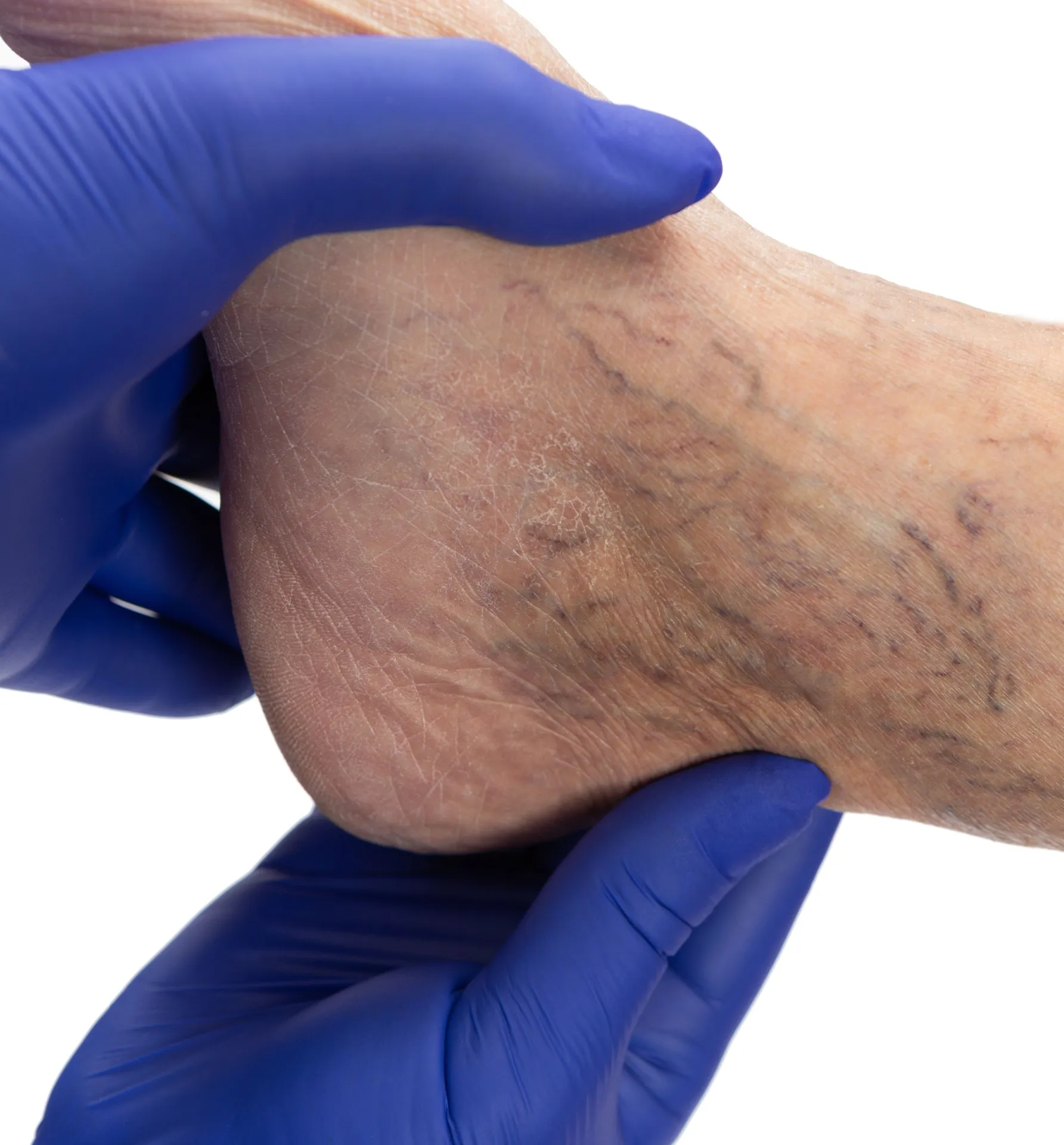
Prevosti Vein Center Is Your Expert Spider Vein Specialist
You don’t have to accept spider veins as inevitable. Dr. Prevosti’s compassionate approach and specialized focus on vein care ensure that every patient receives a personalized, effective treatment that delivers real results.
Call Prevosti Vein Center at (470) 567-9047 to schedule a consultation and find the expert care you need to achieve clearer, healthier-looking legs.